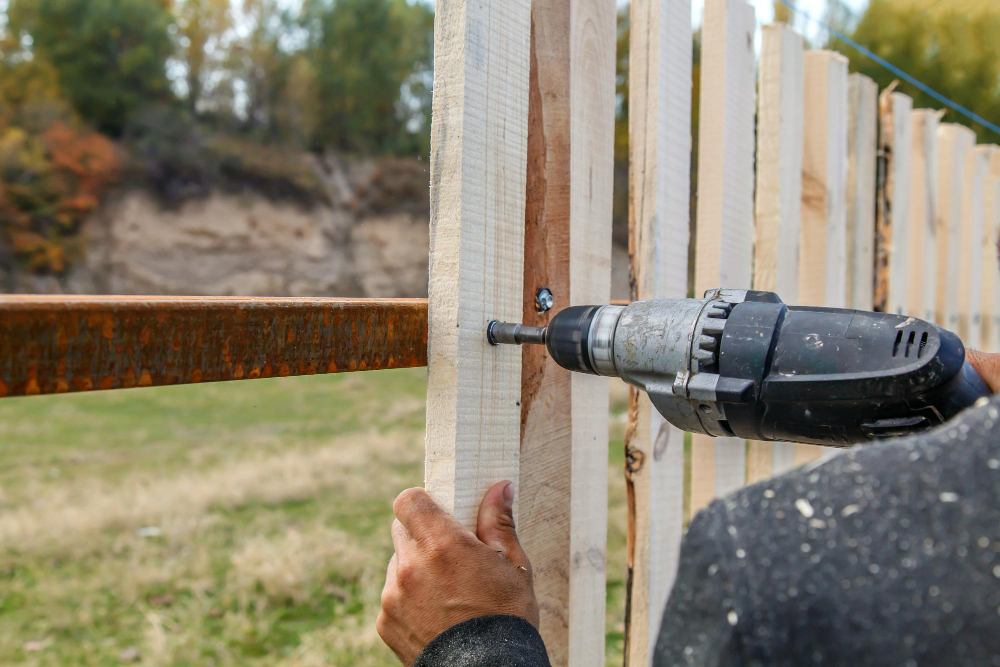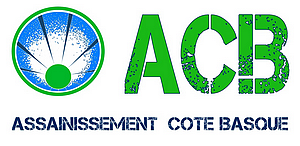- 10 golden rules of email etiquette
- Club purchase that comes with rules of etiquette nyt
- What are the 7 rules of flag etiquette
10 golden rules of email etiquette
Talking to your neighbors about changes you plan to make to your property can be nerve-wracking, but Gottsman advises keeping it simple. “Have a friendly conversation, letting your neighbors know of your plans,” she says https://betsoft-software.com/. If you’re dealing with a tricky situation like a tree on a fence line, this is a great time to hash out details and ask questions. “In my personal case, my neighbor’s huge tree was on my fence line and he asked if we could ‘cut into’ the fence so the tree would not have to be removed or altered.” Gottsman okayed it, though it later came at a price—a “V” cut into the fence once the neighbor in question decided to remove the tree. “The lesson here is not to be afraid to ask questions—on both sides of the fence situation,” the etiquette expert advises.
It’s up to you to maintain your fence and keep it looking attractive.If a section of your fence is leaning or rotting, replace it or shore it up. A damaged fence lowers your and your neighbor’s curb appeal, so you must make repairs as quickly as possible.
You’ll have to clarify these guidelines with your fencing company directly. Fencing companies aren’t expected to know HOA rules and regulations, and HOAs won’t usually bend the rules for you. If you aren’t proactive before installation, you’ll have to rebuild the fence to match HOA standards, which will cost you more money.
Regardless of the unique nuances of your fence dilemma, Gottsman says taking the right approach with neighbors is always the best way to start. “Communicate kindly and positively in order to make a responsible decision which will affect other people,” she says. “The quote ‘Good fences make good neighbors’ implies a respect for boundaries and the people living behind the fence.”

10 golden rules of email etiquette
Show your target respect by responding to everything immediately and give a polite reply to each legitimate email addressed to you. Even if you do not have an answer at the moment, take a second to write a response letting the sender know you received their email. This includes when the email was accidentally sent to you, especially if the sender is expecting a reply. A reply isn’t necessary but serves as good email etiquette, especially if this person works in the same company or industry as you.
Part of email etiquette is knowing when to respond, how often, and when an unanswered email means « no. » This is especially true for job seekers. Use a three-email approach. The first email includes your resume and cover letter. If you don’t receive a response within a few days, send a short and succinct follow-up and reattach your resume. Crickets? A week to ten days after the initial email, send one more follow-up by forwarding your first email without attachments. The reason that you do not include attachments on the final follow-up is to break through spam filters that filter emails with attachments.
Pro tip 💡 Many email, CRM, and scheduling tools make it easy to personalize your emails automatically. For example, with YouCanBookMe, you can use a shorthand code like , and the tool will instantly replace it with the recipient’s name. This saves time and ensures your emails feel personal and professional!
Stick to professional closings: Phrases like « Best regards, » « Sincerely, » or « Kind regards » work well for most situations. Avoid overly casual options like « Cheers » unless you’re sure it fits the relationship.
Misusing « To, » « Cc, » and « Bcc » can cause major headaches. I’ve seen situations where people were left out of the loop because they weren’t tagged correctly or where irrelevant recipients were accidentally copied. Here are some less obvious strategies for using these tags effectively:
Club purchase that comes with rules of etiquette nyt
As the NYT Crossword puzzles become more difficult day by day, many players turn to hints or answers to stay on track. This webpage with NYT Crossword ‘Club purchase that comes with rules of etiquette’ answers is the only source you need to quickly skip the challenging puzzle. You can find 8 letters answer for this crossword clue below!
The answer to “Club purchase that comes with rules of etiquette” in the New York Times puzzle February 22, 2025 is LAPDANCE (Across 58). Quite straight and simple! Complete your daily NYT challenge with this solution.
Christine Mielke has been an avid fan of word games and puzzles for over two decades. She loves to unscramble words, challenge herself to crossword puzzles and try out the latest word games. As a published author and database architect, it was natural for her to take her love for all things word games to the next level!
Hopefully you found the right answer here. If this solution does not solve the clue or if there is another solution to Club purchase that comes with rules of etiquette crossword clue, please email it to us with the source and the date of publication. We will review as soon as possible. Your help would be much appreciated.

As the NYT Crossword puzzles become more difficult day by day, many players turn to hints or answers to stay on track. This webpage with NYT Crossword ‘Club purchase that comes with rules of etiquette’ answers is the only source you need to quickly skip the challenging puzzle. You can find 8 letters answer for this crossword clue below!
The answer to “Club purchase that comes with rules of etiquette” in the New York Times puzzle February 22, 2025 is LAPDANCE (Across 58). Quite straight and simple! Complete your daily NYT challenge with this solution.
What are the 7 rules of flag etiquette
The following codification of existing rules and customs pertaining to the display and use of the flag of the United States of America is established for the use of such civilians or civilian groups or organizations as may not be required to conform with regulations promulgated by one or more executive departments of the Government of the United States. The flag of the United States for the purpose of this chapter shall be defined according to sections 1 and 2 of this title and Executive Order 10834 issued pursuant thereto.
(d) The flag should be displayed on all days, especially on New Year’s Day, January 1; Inauguration Day, January 20; Martin Luther King, Jr.’s birthday, the third Monday in January; Lincoln’s Birthday, February 12; Washington’s Birthday, third Monday in February; National Vietnam War Veterans Day, March 29, Easter Sunday (variable); Mother’s Day, second Sunday in May; Armed Forces Day, third Saturday in May; Memorial Day (half-staff until noon), the last Monday in May; Flag Day, June 14; Father’s Day, third Sunday in June; Independence Day, July 4; National Korean War Veterans Armistice Day, July 27; Labor Day, first Monday in September; Constitution Day, September 17; Columbus Day, second Monday in October; Navy Day, October 27; Veterans Day, November 11; Thanksgiving Day, fourth Thursday in November; Christmas Day, December 25; and such other days as may be proclaimed by the President of the United States; the birthdays of States (date of admission); and on State holidays.
You don’t need a special occasion to fly the American flag — it’s perfectly appropriate (and encouraged) to display it every day. Many flag retailers highlight specific holidays and observances as reminders, but the U.S. Flag Code allows the flag to be flown year-round, as long as it’s displayed respectfully.
(j) No part of the flag should ever be used as a costume or athletic uniform. However, a flag patch may be affixed to the uniform of military personnel, firemen, policemen, and members of patriotic organizations. The flag represents a living country and is itself considered a living thing. Therefore, the lapel flag pin being a replica, should be worn on the left lapel near the heart.
You may also see half-staff proclamations issued by the President or state governors following the passing of public officials, military service members, or in response to national tragedies. To stay updated, many flag owners sign up for email or text alerts from HalfStaff.org or follow their local government’s notices.

